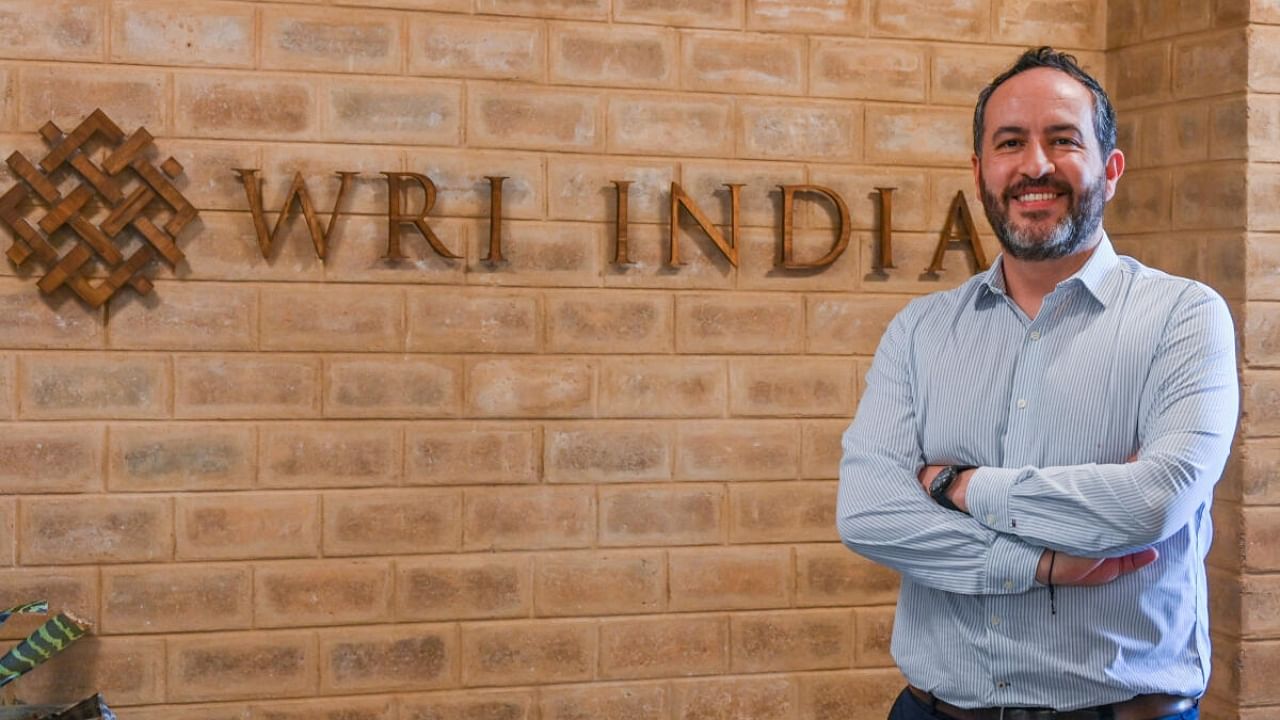
Colombia’s capital Bogotá, a city similar in size to Bengaluru, was once similarly known for its chaotic and stressful traffic.
Not anymore. It’s now a champion of sustainable public transport. About 85% of its roughly 10 million residents use buses, cycles or just walk to get around.
The man who played a key role in this transformation is Felipe A Ramirez Buitrago, a globally renowned expert in urban mobility.
He held two key positions in the Latin American country. He was the CEO of TransMilenio, a government agency that runs Bogotá’s bus rapid transit system, the largest in the world. He later served as secretary of mobility, ensuring cooperation and coordination between different transport-related government agencies.
Buitrago is currently in Bengaluru on his first visit to India. While he is amazed by India, its people and its culture, he is also intrigued by the transport systems in our cities. DH sat down with him for a quick chat about Bogotá, Bengaluru and where the twain could meet. Edited excerpts:
How did Bogotá’s public transport change?
It started with a political will. Building capacity came next. It took us years but the efforts paid off. Bogotá has a 114-km bus rapid transit system (BRTS) with a fleet of 2,500 buses that ferry 2.5 million people every day. Another 10,000 buses carry 2.5 million people on feeder routes. It’s also getting a metro.
How difficult was it to get people off cars?
The most important thing was providing reliable public transport. BRTS buses run from 4 am to 11 pm. During peak hours, the headway is 1 minute and 50 seconds. If you want a massive system, whether metro or bus, you need good headway. Otherwise, people won’t come. We also provided first- and last-mile connectivity by building better walking and cycling tracks.
What challenges does Bengaluru’s transport system face?
I feel Bengaluru is a little behind in integrating different modes of transport. The creation of the Bengaluru Metropolitan Land Transport Authority (BMLTA) will help. You also need to decarbonise your bus fleet and improve your road network.
Does Bengaluru need BRTS?
Definitely. You need a multimodal transport system. A metro line will probably benefit only 5% of the population. Some people think the BRTS takes up car space. That’s not true. When you separate transport modes, they become more efficient. Having buses, cars, and motorcycles in the same lane is difficult. Separate lanes mean less traffic, fewer accidents and better efficiency.
What’s the ideal bus fleet size for Bengaluru?
Considering its population (15 million), Bengaluru should have 15,000-16,000 buses, more than double the current fleet (6,500).
Is it profitable to run such a large bus operation?
There’s no such thing as profitable public transport. Public transport systems must be subsidised.